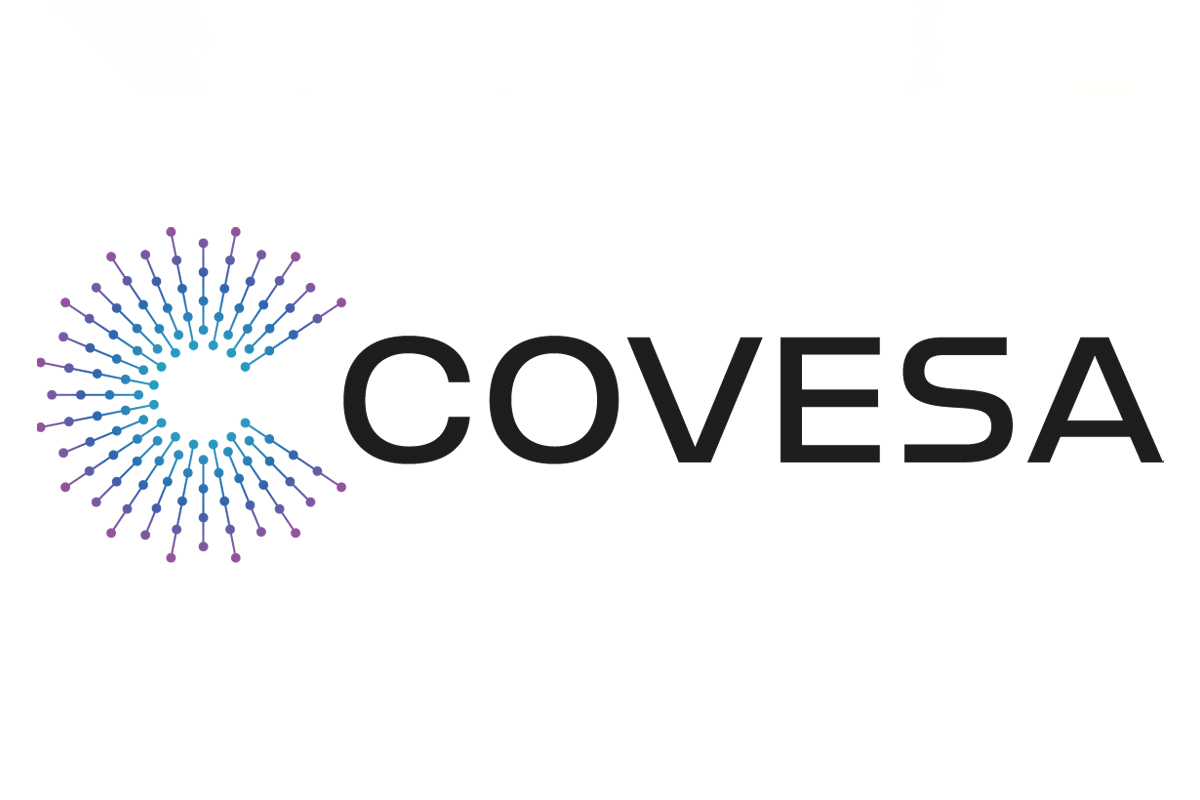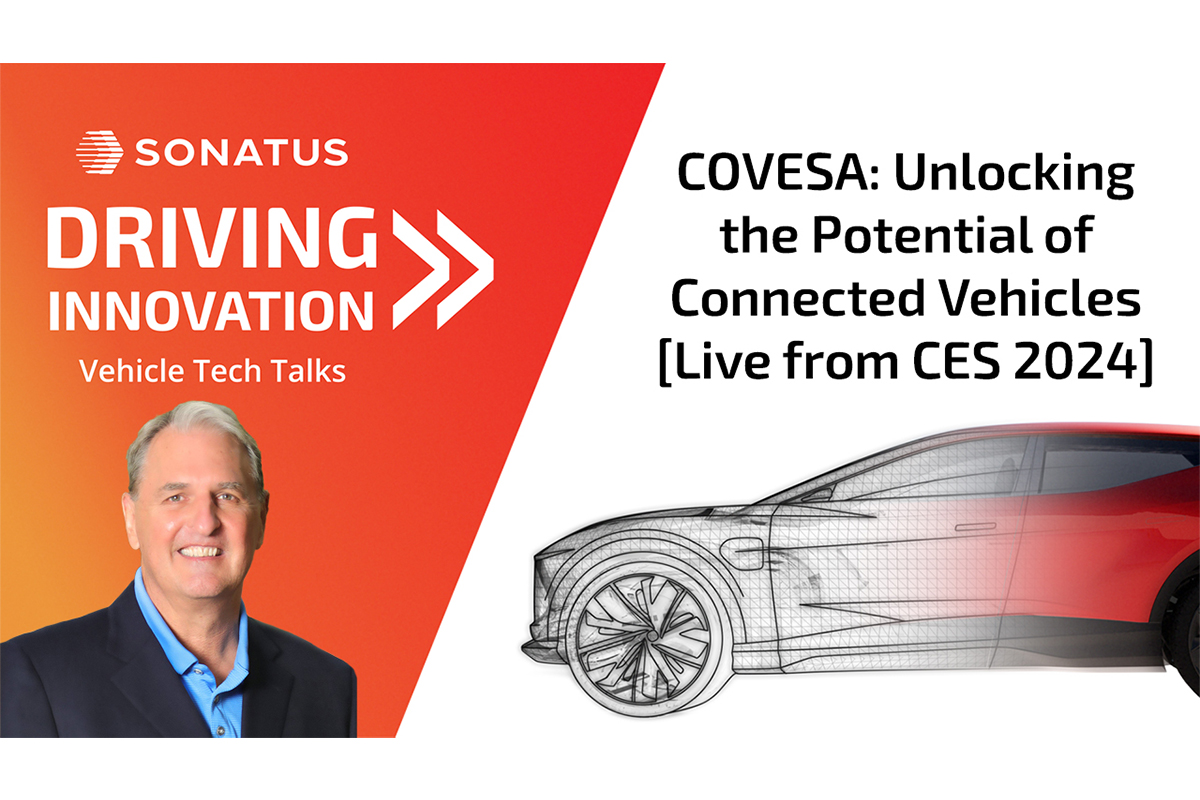Driving Innovation Podcast: S1 EP7
COVESA: Unlocking the Potential of Connected Vehicles
Steve Crumb, Executive Director of COVESA presents the mission of COVESA, their goals how they are working to bring important standards such as the Vehicle Signal Specification (VSS) to the market, which Sonatus supports in our Sonatus Collector and Sonatus Automator products. Steve also talks about how to get involved in COVESA. Recorded live at CES 2024.
Listen to audio only version:
Episode Transcript | COVESA: Unlocking the Potential of Connected Vehicles
Table of Contents
Overview
SANJAY: Hello. We have a special episode of the Driving Innovation Podcast from the show floor of CES 2024 in Las Vegas. In today’s episode, we bring you Steve Crumb, Executive Director of COVESA, the organization that’s bringing standards to help the automotive industry transition to software-defined vehicles.
Introduction to COVESA
STEVE: It’s my pleasure to be here representing COVESA. My name is Steve Crumb, I’m the Executive Director of COVESA, and have been with the organization since its inception. We’re going on our 16th year and it’s been an exciting ride. When we started the, what was then called the GENIVI Alliance, we were focused on open-source software in the vehicle, something that was brand new and sort of innovative at the time. This is an innovation podcast. And so we’re an innovative company from the very beginning. And we’re just happy to be able to be here in the Sonatus booth and talk a little bit about what COVESA is and why we are doing what we are doing. Until 2021, we were GENIVI, and in 2021, we transitioned into the Connected Vehicle Systems Alliance. This was a scope enhancement and a rebranding exercise. We brought with us the legacy of open software and open collaborative projects that we had for many, many years in the GENIVI Alliance. And with new scope of connected vehicle car-to-cloud connectivity and vehicle data, we began to develop through our membership, new projects that were focused on connected vehicle systems. Connected vehicle systems when you mash that all up is COVESA. And so that’s why it is called COVESA. We are a global technology organization. We have about 85 members from all over the world. Very strong emphasis in Europe and North America. But we also have member organizations all over the world. And you know, at the end of the day, COVESA is three things. We’re open. We are really loud and proud about the fact that we started as an open collaborative organization and almost 16 years later, we’re still open and collaborative. We believe that openness is the way of the future. Not that there hasn’t been some great technologies produced behind the firewall, if you will, behind the OEM firewall or services companies or whatever. And those do have a place in COVESA. But when it comes to innovating new technologies, we believe in openness first and foremost, we also believe in being collaborative. We are not a supplier, we are a global community of experts, who are focused on collaboration, finding out the problems that need to be solved and working very rapidly and even in an agile way to solve those problems in a collaborative context. And then finally, we’re impactful. We’ll talk a little bit later about vehicle signal specification and the impact it is having on the automotive space in-vehicle data. But there’s other things that COVESA is doing as well, that are also growing in their impact. And so, open, collaborative, and impactful is really what we’re about. At the end of the day, our mission is to accelerate the full potential of connected vehicles. We don’t know of a lot of other organizations that are open and collaborative that are working in this space. And so we’re happy to take that place in the industry, and we hope that those of you who are watching this podcast are excited about the things that we’re producing.
COVESA’s collaborative history
STEVE: So as I mentioned before, we have a 15-year history of hosting collaborative projects. This again is an innovation-focused podcast and we are all about accelerating innovation. One proof point of that is that we have about 26 startup organizations as members. Last night, we had a showcase event and we had over 20 of those startups that were there enjoying the audience that we brought to them, and talking about the innovative projects that they’re building OEMs. And suppliers today in the automotive world are looking for innovation. And COVESA is a place to get that done. So again, we accelerate innovation. We also deliver open software and interfaces, as I mentioned before. There’s a space for commercial implementations. And we want to enable those commercial implementations to happen faster by giving an open source starting point. And so we deliver open source and we believe in open interfaces as the future of integration to solve the software-defined vehicle challenge. And then finally, we are advancing connected vehicle systems. Eventually, the promise in the future is for a fully mobile ecosystem, whatever that means. That can mean you start at your home, and you may hit three or four different mobility opportunities before you even get to your office or the place you’re going, and mobility is taking on a life of its own. Connected vehicles have to play a significant role in the future of the mobility ecosystem. And so we’re not only solving challenges that the connected vehicle faces today, but we have our eyes on this future mobility ecosystem, that connected vehicles will eventually play in.
COVESA ecosystem members
STEVE: Who are our members? We have a number of OEMs. One that’s not on this slide is Ambition, which is a Mercedes-Benz operating company. But we are for the most part OEM driven. Most of the projects that we do in COVESA, the OEMs love, and they participate in and they actively contribute to because they know they’re going to get something out of it. And so our OEM base is very strong, our first tier base is equally as strong. We have some very large players in global tier ones that participate together. All of these organizations are not just names on a slide, they are active participants in COVESA activities. But that’s not all. Because we have a whole nother part of our membership, which really is representative of the entire automotive ecosystem—OEMs, tier ones play a critical part of that, but startups and second tier suppliers and innovative companies play a big role there. And so we have a whole whole nother set of other organizations. And then we have silicon, you have to get all the way down to the silicon to make things happen. Interestingly, we have a membership swap agreement with W3C, and this is an important historical thing about our past because W3C and COVESA developed what we’ll talk about here shortly, which is a common methodology of describing vehicle data. And so it’s called a vehicle signal specification. And we did that in joint activities with W3C. And so we’ve had this long-standing collaborative relationship with W3C.
Why COVESA exists
STEVE: So why do we exist? First of all, we believe that the digital experience of vehicles needs to evolve significantly from where it is today. That’s not just what happens in the vehicle. But what happens around the vehicle. That has to evolve, and that’s not going to happen automatically. It has to be thought through. How do you make a person who wants to go get their electric vehicle charged feel more comfortable about the place that they’re going? More comfortable about knowing whether their charging station is working, and whether it’s available, and whether they can get a Starbucks coffee, while they’re charging? All those things are important, but they take the evolution of digital experiences in and around the vehicle. The second thing that we think is important and why we exist is that consumers today have high demands of their cell phones. It has to fit into their digital lifestyle. And they’re not going to settle for anything less than that with their vehicles. The vehicle has to become part of the consumer’s digital lifestyle. And so this is something that has to evolve in the automotive industry. Yeah, you can plug your cell phone in, and you can do it in projected modes, and you can do all kinds of things. But it has to be in the soul of the vehicle, and so that’s one thing that COVESA is working a lot on. And then finally, which we talked about before, this mobility ecosystem is coming and vehicles have to play a growing part in that and so they have to evolve, they have to be better connected. They have to talk to the smart home, the smart, city and the smart infrastructures. And those ideas have to be talked about, and technologies generated, common approaches generated, to enable that connection in the future.
Activities and projects supported
STEVE: So what we do, really four things. We have a core activity and our data expert group, we will talk a little bit about signal specification but we are effectively the data experts in the automotive industry. Proud to say that, proof point on that coming up here shortly. But in addition to the data expert group, we also have data-related projects and groups. I mentioned earlier about commercial, excuse me, charging infrastructure, how do we make the charging experience better, it’s about data. It’s about taking vehicle data munging it together with data about the charging stations and what’s around the charging stations, and bringing that all together and consolidating it to make the experience of charging better. We also have a number of member-driven projects. And by the way, all of our projects are member-driven. COVESA has no employees. And we are just basically a collaborative container for projects that members deeply care about. And so we have a number of others that are not data-related. I’ll mention one of those here shortly in more detail. And then the other thing that most people don’t think about with COVESA, because it is a technical Alliance at the end of the day, but we are also a very strong buyers and sellers network. We care about startups and suppliers getting their products and services before the buyers. So we regularly have showcase and reception events like we had last night here at CES, where 2,000 people were able to walk around roughly 75 tables and get an experience of what COVESA has built over the 10-plus years that we’ve been doing this at CES so that we have this strong buyers and sellers network. So something that most people don’t know about COVESA.
Vehicle Signal Specification
STEVE: Now let’s get into the nitty-gritty. We talked, we talked about the data expert group, what does it produce? It produces the vehicle signal specification, or VSS for short. This enables data sharing across the entire connected value chain. What if you had a simple way of describing vehicle data regardless of brand, regardless of geographic location, whether it’s in-vehicle on the edge or in the cloud? What if you had all those things together? And you had a common semantic, you had a common way of saying I want to get the value of the seat setting in the front left seat. And by the way, I want to change that seat setting to make it more comfortable for my driver that just got in. Okay, if that data is described in 17 different ways like it is today, across all OEM brands, it becomes extremely difficult and time-consuming to write applications and services that enhance the experience of the vehicle occupant. VSS is that common way of describing vehicle data. It’s the way that says I’m an app developer. And if I want to change the seat, it doesn’t matter whether it’s a GM or a BMW, or a Karma, I can send one signal through one interface and change that seat setting. That’s the power of vehicle signal specification. So what are the benefits of VSS? There’s business benefits I just mentioned a little bit, it enables scalability. So what works in one car will be able to eventually work in many cars. And also, if you’re a fleet manager, who has a huge scalability issue, because you’re trying to bring data out of multiple OEM brands, it enables the scalability of using that data because it’s formulated in the same way. It’s easily understood. It drives innovation. We do not know the use cases, the data-driven use cases that are going to be upon us in 10, 15, 20 years. And yet, that’s how long the vehicles that are being made today have to stay on the road and have to stay updated. You need a data backbone that’s reliable in order to drive innovation. It supports future business as I talked about before. And then as I mentioned before, if you have a common data backbone, faster time to market for new services, new applications, and so forth. So VSS is not just a great technology, it is a business enabler.
VSS business value
STEVE: And this is just a pictorial view of that. If you’re a trucking company, or you’re a first responder or you’re a passenger vehicle, or even a motorcycle, you know, how is your view data described today? Well, if it’s described, according to VSS, then it all kind of comes together and enables an entire set of use cases over here, including smart cities and home integration and, and all these sorts of things, but it requires a common methodology of describing vehicle data, whether it’s in the vehicle or in the cloud. All of that is what VSS does.
Automotive AOSP Framework
STEVE: But that’s not all with COVESA. We do a lot of other things in COVESA, we’re strong in data and don’t sell that short. But there’s other challenges that have been brought to COVESA by members that need to be solved. One of those is we have a lot of unhappy app developers in the world. And the reason for that is, if I’m developing an application for deployment in a vehicle, today, for the most part, I have to rewrite that application for every brand out there. There’s no single way of writing an application that meets all brands. But, and that leads to unhappy developers, and it really kind of fragments the industry into some OEMs, not being able to spend the money to get an app created for them, and so forth. And so you’ve got a very fragmented environment out there. What we’re doing in the automotive AOSP appframework standardization group, is creating happy developers. And we have happy developers, you have better apps, that’s the bottom line. And we’re doing that through consolidation of a standard approach to writing applications to accessing things like cameras in the vehicle, and really kind of closing some of the gaps that these off-the-shelf packages of, Google’s AOSP, Android automotive. There’s still gaps there. And yeah, they’ll get closed eventually. But they need to get closed by some by an industry-driven approach. And that’s where COVESA comes in. We have four OEMs, and a bunch of suppliers around the table talking about these gaps and closing them. And yes, if Google decides to adopt those gaps, those implementations, that’s great. We’ve improved the industry. And we’ve made app developers happy. So that’s another thing that we do in COVESA.
EV and emerging projects
STEVE: I talked earlier about EV charging. It’s one of those data-driven activities. We’re doing a lot around the experience around EV charging. Ford is leading that particular activity. And then we have another set of emerging projects, which I’m personally very excited about. Things like commercial vehicles and fleet management. They are hugely in favor of having a single data model because they’re having to pull data from all kinds of organizations, or OEMs. And so they’re excited about the work that they’re doing in COVESA. The one that I’m really, really excited about, and this is just getting started, is road safety. What I mean by road safety is, imagine if an airbag, for example, was actually a connected device. And when that airbag shot off, a 911 signal was sent to the first responders or to the 911 network, so that whole thing is not, “Oh, I’m in an accident, I got to call 911.” It’s just like that. And it’s protected, it’s safe, it’s not going out there for public consumption, the insurance companies aren’t getting access to that data. But the people that can respond, the trauma centers, the first responders, the ambulance people, even the people that manage the psychological health of the passenger, who was just in that accident through the IVI system, or whatever, they’re all made aware and can address the issue and make that person feel better. So road safety is a really important thing. That’s starting out. And then finally, vehicle experience. My goodness, whoever thought that you could do Fortnite in the backseat of a car. You can do that now. And there are organizations who are joining COVESA who write gaming applications and are saying how can we get this into your vehicles in a standard way, in a way that’s not specific to it and unique brand. But we can do it across all brands. So these are just some of the innovative activities that are happening in COVESA. It’s a fun organization.
How to engage COVESA
STEVE: We’d encourage you to consider joining us, exploring what we’re doing in more depth, adopting the things that we produce. And most of all, we’re contributive. We’re an open collaborative organization. You are welcome to come to us even if you’re not a member, we’d welcome to have a seat around the table for a while. And I think it won’t take long until you’ll say “Wow, there’s real value in this organization. And so we want to join.” So with that, I appreciate the opportunity that Sonatus has given me today to talk a little bit about COVESA. And I’ll close it. Thank you again for listening.
Recent Episodes
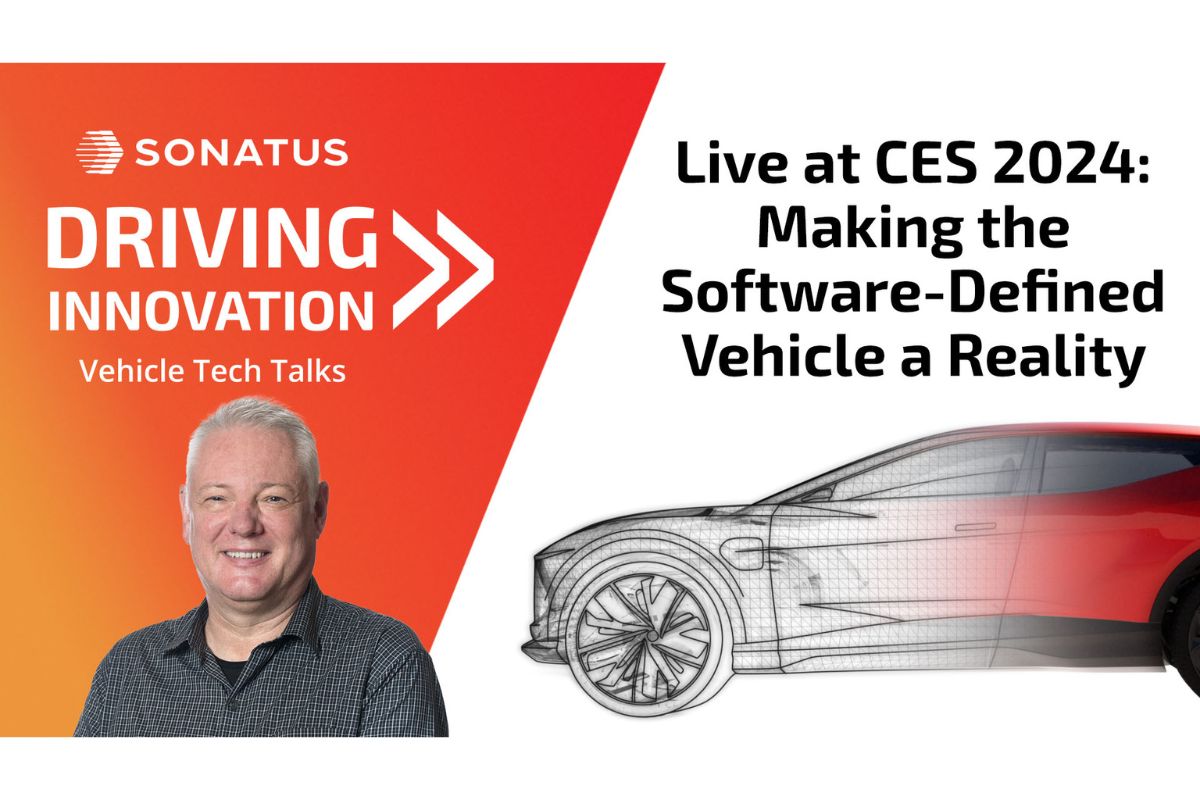
Driving Innovation Podcast
Arm: Making SDV’s a Reality
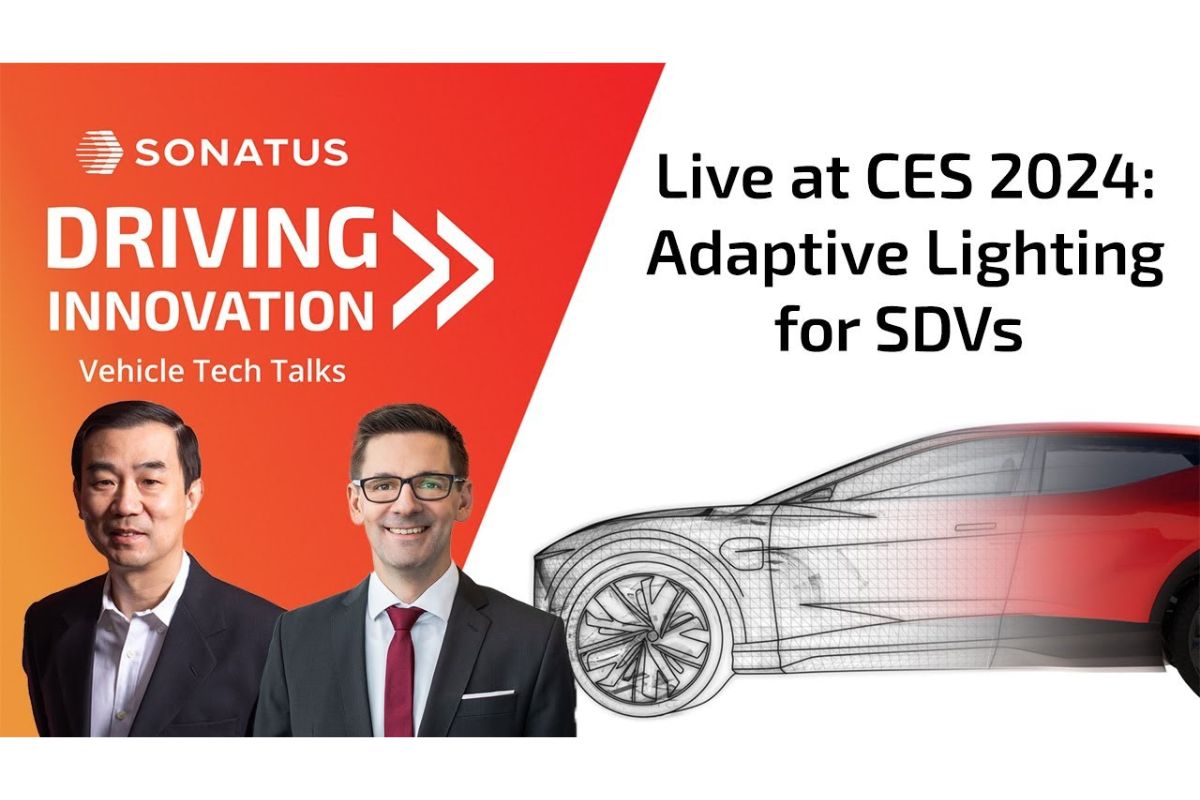
Driving Innovation Podcast
Adaptive Lighting for SDVs
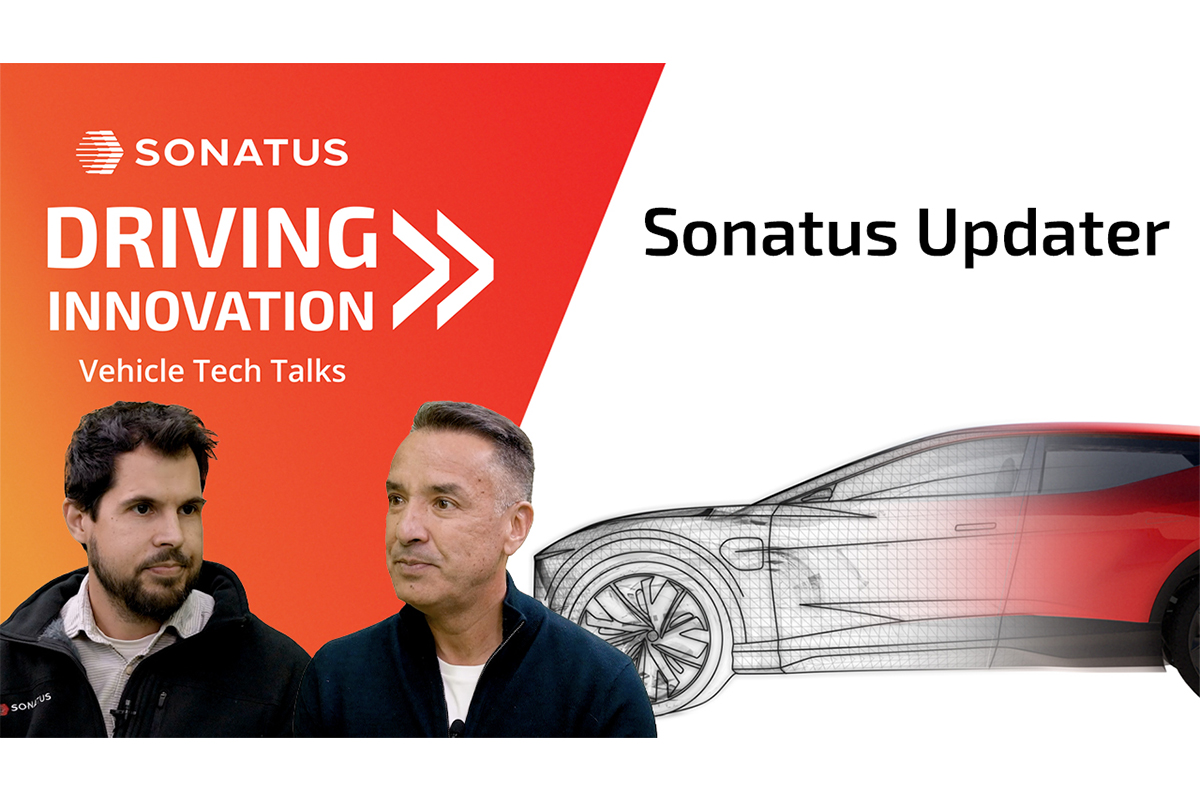
Driving Innovation Podcast
Sonatus Updater
Related resources
